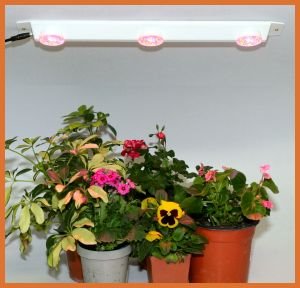
Philips Lumileds of San Jose, CA, USA claims that it has fundamentally solved the problem of ‘droop’, a phenomenon common to white power LEDs in which efficacy (lumens per watt) decreases as current increases. The breakthrough enables efficacy to continue to increase even as drive current increases. The new technology will be implemented in 2007 in the firm’s LUXEON LEDs, which already deliver light output at drive currents of 1000mA and higher. Sampling of products is expected to begin in the next 90 days, with full production in Q3/2007.
More light and higher efficacy for white LEDs are essential to opening new lighting markets and to expand the reach of LED lighting into residential lighting segments, says Philips Lumileds. Incorporating the new epitaxial technology will allow the firm to deliver what it claims will be the industry’s first high-power LEDs that deliver 70 or more lumens per watt at drive currents of 1000mA and higher.
“While 350mA devices continue to improve in light output, they cannot deliver the light output of devices operated at 1A, 2A or even higher,” says Frank Steranka, executive VP research & development. “Most LED manufacturers have acknowledged the need to move beyond the 350mA space and have recently announced devices that can operate at currents up to 1000mA. The LUXEON K2 already supports a maximum current of 1.5A, and with our focus on power LEDs we will continue to expand that operating range,” he adds.
Philips Lumileds says that, as part of its expansion efforts, including its new wafer fab in Singapore, it is adding the necessary equipment and technology to its production lines so that the new technology can be implemented quickly.
Lumileds unlock Solid State LED Lighting Efficacy
LED Grow Light Labels: efficacy, LEDS, Lumileds, solid state lighting
Subscribe to:
Post Comments (Atom)




No comments:
Post a Comment